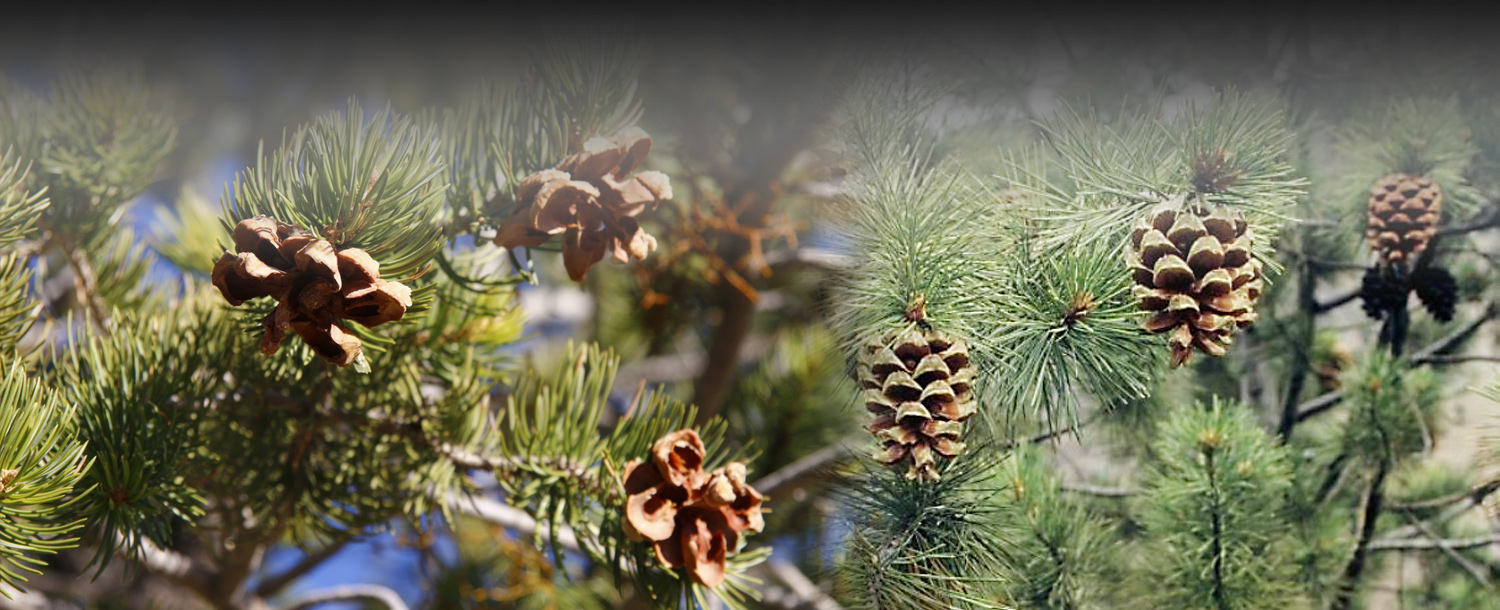Pinenuts Shell
Pine nuts are edible kernels extracted from the seed of a variety of species of pine tree. The seeds are typically thick-shelled and grow inside of pine cones that look very similar to the pine cones that grow on more common pines grown for timber. Cone harvesting and extraction and preparation of the kernels are time-consuming and costly - contributing to the high prices at which pine nuts sell. Pine nuts are highly nutritious and keep well for many months if stored properly in dry, cool conditions and out of direct sunlight. They add interest, flavor and texture to many sweet and savoury dishes. They are a truly natural product - essentially unchanged over centuries - requiring no insecticides or fungicides to either grow the trees or prepare the kernels for market.
By some counts there are as many as eighteen different pine species that have been or are now customarily used as food for humans. Pine nuts have been an important food source for thousands of years. Roman soldiers took them as campaign food when they raided Britain over 2000 years ago. Even before that, Greek authors mentioned pine nut trees as food producers around 300 BC, and it is thought that earlier societies used them and the Black Sea between 6,000 and 10,000 years ago. Botanically pine trees belong to the family of Pinaceae Genus Pinus Rosaceae of Genus: Pinus. Some other common names are pinon nuts pignoli cedar nuts chilgoza pinyon pine nuts...etc.
Himalayan or Chilgoza pine nuts (Pinus gerardiana). Chilgoza pine nuts are a little longer and more slender than any other species. They are harvested from forests and parts of northern area in PAKISTAN and are used locally and available in markets in Europe, Middle East, FAR EAST and elsewhere in Asia.
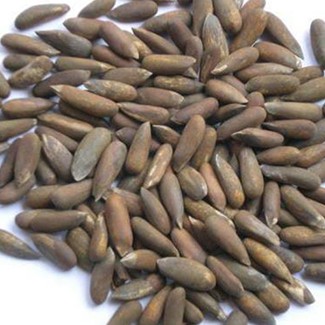
Pinenut in Shell

Pinenut in Shell
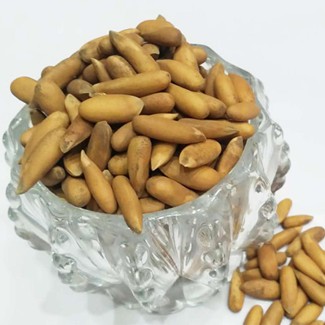
Pinenut in Shell
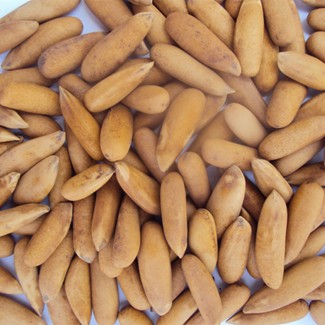
Pinenut in Shell
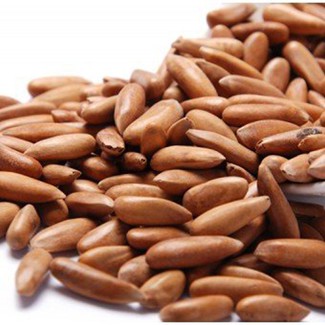
Pinenut in Shell
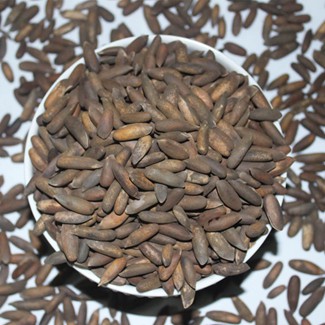
Pinenut in Shell
go top
